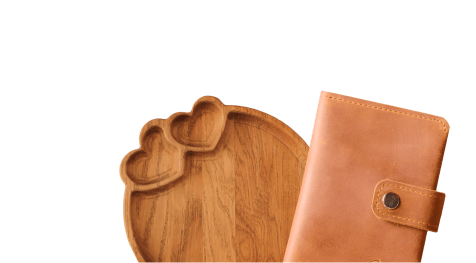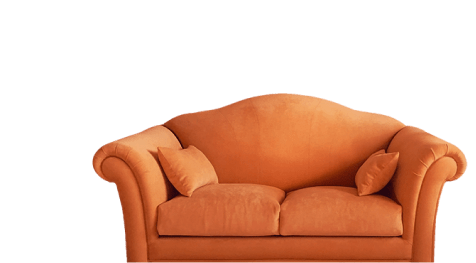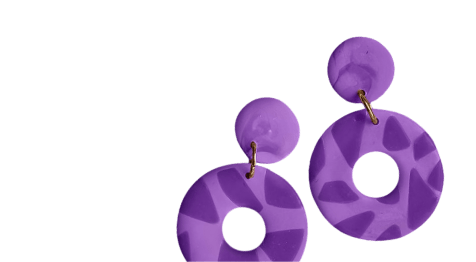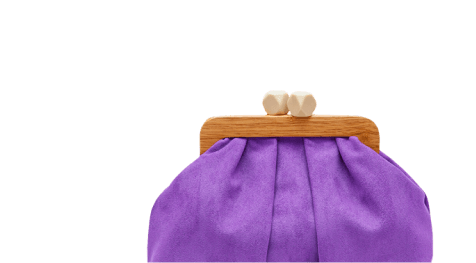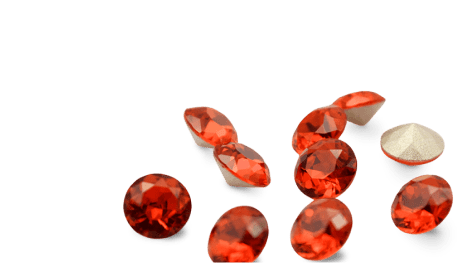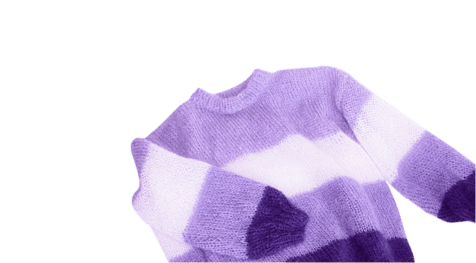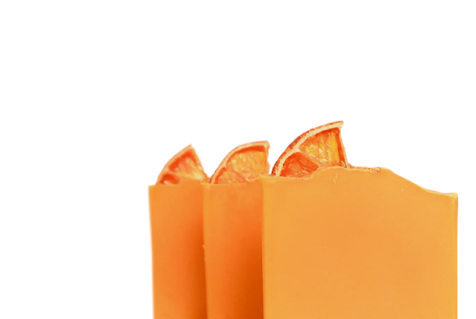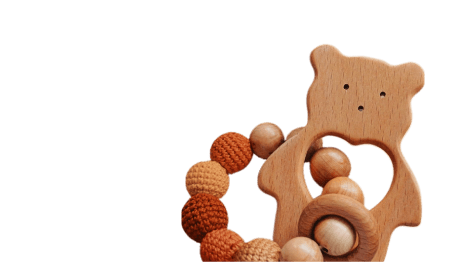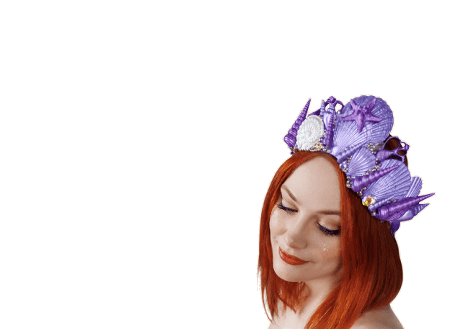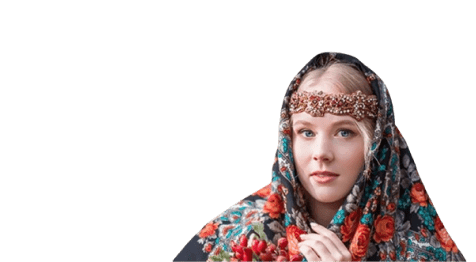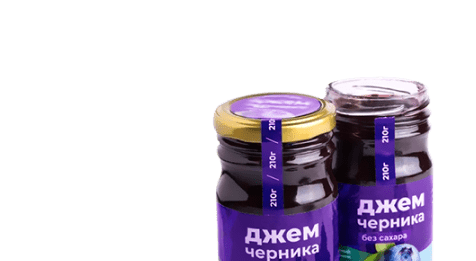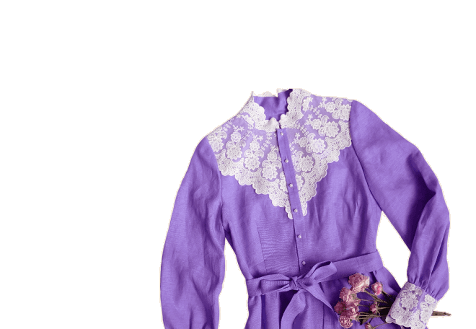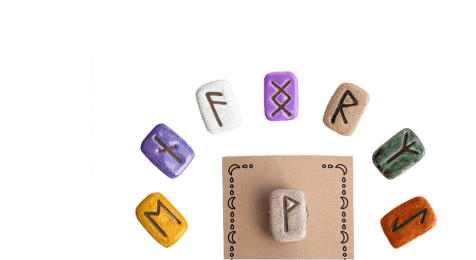Друзья! Вчера в испанском журнале про современное искусство Bonart cultural вышла небольшая статья о моем творчестве, а конкретно о женских образах в коллажах и 3Д коллажах.
Bonart cultural
Girona
IRINA BAST: LA DONA, PROTAGONISTA DE LA SEVA OBRA
séverine grosjean, corresponsal
I l’home va dir: Aquesta vegada sí que és os dels meus ossos i carn de la meva carn!. L’anomenarem dona (Gènesi 2,23). Eva, el primer home i la primera dona és una de les més belles històries d’un vell llibre anomenat “Gènesi” i que significa “l’origen” del món. Aquesta és la idea de la creació. La creació és la llibertat. “La creació d’Eva” és la pedra angular del treball d’Irina Bast, jove artista russa. De fet, la dona és la protagonista de la seva obra. Li fa honor al seu treball explorant el cos de la dona a través de la pintura, el collage o l’escultura. En aquest treball, titulat “tres cares d’Eva” Irina va donar la llum a Eva. Aquesta escultura blanca amb formes sensuals verges emergeix de la matèria. Eva crea una marca de proximitat a la invenció de la imatge de la dona. El projecte de creació d’una dona cridada a exercir un paper que s’origina en la diferència. Representa un símbol de l’alteritat. L’escultura “Esperit d’Eva” és una metàfora, en què s’escapen arrels florits agafant a Eva en una relació amb les dones en la història. Fidel a la simbologia del simbolisme, Irina està interessada en el misteri universal que només pot ser sagrat: el concepte de la religió i de la dona-natura.
Des de sempre, els artistes intenten percebre el misteri que envolta a la dona. De vegades musa i inspiració, de vegades objecte; podem dir que la imatge de la dona s’ha transformat el curs de la història.
En un estil una mica semifiguratiu, Irina ofereix la representació de les dones relacionada amb la història, el misteri o l’inconscient. Desmunta i reconstrueix la bellesa en el seu conjunt. Irina Bast reflecteix la fascinació que la dona, el cos femení ha tingut pels artistes i les seves relacions que ells-mateixos van tenir amb aquestes dones. La seva obra està marcada per figures de dones famoses, musa de grans artistes com les de Modigliani. Darrere de cada home, hi ha una dona. Aquest és el cas en la seva obra titulada “Dalí i Gala”, un treball format a partir de la reutilització de materials de rebuig, com ara retalls de revistes per donar substància a les seves figures històriques. Entre les seves pintures, aquesta sèrie de retrats es converteix en màgia com “Frida Kalho“. Aquestes cares són la reflexió abstracta de la sensació de llibertat que l’artista està tractant de transmetre. Irina representa retrats on el cos de la dona amb traços i colors vibrants atreuen ràpidament l’atenció com “El naixement de Venus”. Estem en contacte amb un Arcimboldo dels temps moderns on les fruites reemplaçades per les retallades de cossos calents, elegants i seductors, sense deixar de ser naturals, s’harmonitzen amb la natura com “Benvolgut Vicent”.
Acompanyada per Marina Nikolskaya, consultora d’art, Irina Bast viatja a través dels segles per explorar la fascinació que la bellesa exerceix en l’home a la recerca pot de la dona perfecta.
Повтор текста на английском языке:
And the man says: This time is the bone of my bones and flesh of my flesh! W will be called woman (Genesis 2:23). Eve, the first man and the first woman is one of the most beautiful stories of an old book called "Genesis" which means "the origin" of the world. That is the idea of creation. Creation is freedom. "The creation of Eve" is the first stone of the work of Irina Bast, young Russian artist. Indeed, woman is the heroine of her work. It is to the woman who pays tribute to her work exploring the female body through painting, collage or sculpture. In this workfrom her project "Thre faces of Eve", Irina gives birth to Eve. This white, virgin sculpture with sensual shapes emerges from matter. The creation of Eve marks a closeness with the invention of the image of women. The project to create a woman calls her to play a role that originates in difference. She represents a symbol of otherness. The feminine nude is of a symbolic multiplicity as a metapresence of jouissance and the perenniality of life. Man and woman are given to each other. It is the sign of a profound appeal to gift and communion. She allows man to find himself out of himself. She is also the link between all women because she is the Mother. The "Eve's Spirit" scutpture is a metaphor, from which escape the flowering roots that enclose Eve in a relationship with the women of History. Faithful to the notions of symbolism, Irina bows to the universal mystery which can only be sacred: the notion of religion and the woman-nature.
Artists have always tried to unravel the mystery that surrounds the woman. Sometimes muse, sometimes an object; we can say that the image of women has metamorphosed over the course of history.
In a somewhat abstract and semi-figurative style, out of phase with what is done today, Irina offers a representation of the woman linked to history, the mystery, the unconscious. She dismantles and reconstructs beauty as a whole. She lets herself be carried away by her instinct. She reflects the fascination women, the body of the woman exercised in the artists and the relationships that they have maintained with these women. Her work is a tribute punctuated by figures of famous women, muses of great artists like Modigliani in search of an ideal woman"I will paint your eyes when I know your soul". Artists live in the inner world where woman is one of their obsessions.
Behind every man is a woman. This is the case in her work entitled, "Dali and Gala" a work formed from the residual materials such as magazine clippings. Among her paintings, this series of portraits made up becomes magic as "Frida Kalho". These faces are an abstract reflection of the feeling of freedom that the artist tries to transmit. Irina depicts portraits in which the body of the woman with the shimmering features and colors that wrap them attract attention as "The birth of Venus". We are in contact with Arcimboldo of modern times when the fruits (defended?) are replaced by cuts of warm, coquettish and seductive bodies, while remaining natural, harmonize with nature. They display a certain freedom as the painting "Dear Vincent" notes.
Accompanied by Marina Nikolskaya, art consultant, Irina Bast travels through the ages to explore the fascination that beauty exerts on the man in search of the perfect woman.
Séverine Grosjean
![]()
![]()

